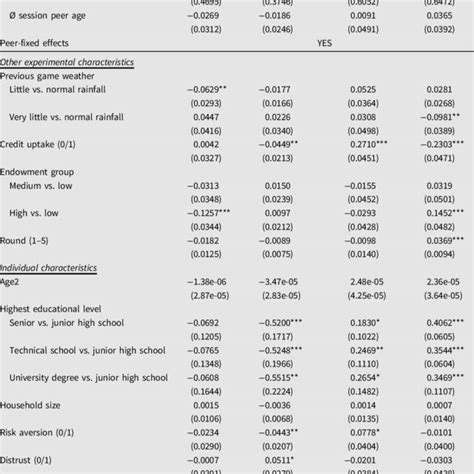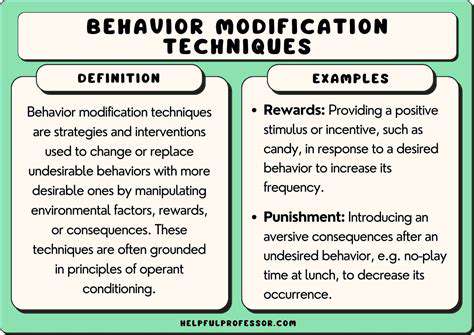Nutrition for Growing Kids: Building a Foundation for Wellness
Growing bodies require careful balancing of carbohydrates, proteins, and fats - each serving distinct purposes. While carbs fuel playground activities and classroom concentration, proteins rebuild muscle tissue after growth spurts. Healthy fats, often misunderstood, actually enable brain development and vitamin absorption. Nutritionists recommend specific ratios for different age groups, with preschoolers needing different balances than preteens.
Imbalanced macronutrient intake manifests in observable ways - from sugar crashes after carb-heavy snacks to protein-deficient fatigue. Registered dietitians can help tailor proportions to a child's unique growth pattern and activity level.
Micronutrients: Essential for Cellular Function
Though needed in smaller quantities, vitamins and minerals perform outsized roles in childhood development. Calcium and vitamin D collaborate to build dense bones during critical growth periods, while iron supports both physical stamina and neural connections. Zinc deficiency alone can delay puberty by up to 18 months according to recent studies.
Colorful produce provides the most micronutrient diversity - dark leafy greens offer magnesium for nerve function, while orange vegetables supply vision-protecting vitamin A. Nutritionists advise eating the rainbow to ensure comprehensive micronutrient coverage.
Hydration: The Unsung Hero of Health
Water comprises 60% of a child's body weight and facilitates countless biological processes. Even mild dehydration reduces attention spans by 15% and physical performance by 20% in school-aged children. Teachers report noticeable differences in classroom engagement between properly hydrated students and those who skip their water bottles.
Hydration needs vary dramatically by age and activity - an active 10-year-old may require nearly 2 liters daily, while toddlers need frequent small servings. Infusing water with fruit slices can make hydration more appealing to picky drinkers.
The Role of Diet in Disease Prevention
Nutritional patterns established in childhood influence disease susceptibility decades later. Children consuming five+ daily servings of fruits/vegetables show 40% lower lifetime risks for chronic conditions including diabetes and cardiovascular disease. Antioxidant-rich foods combat cellular damage while fiber regulates digestive health.
Preventative nutrition also includes limiting processed foods containing additives linked to attention disorders and metabolic disruption. Many schools now partner with local farms to provide fresh, minimally processed lunch options.
Fueling Active Minds and Bodies: Macronutrients and Micronutrients
Macronutrients: The Body's Building Blocks
Energy requirements fluctuate dramatically throughout childhood's growth phases. Toddlers need high-fat diets (40-50% of calories) for brain development, while school-aged children require complex carbohydrates for sustained classroom focus. Teen athletes may need 50% more protein than sedentary peers to support muscle development.
Practical meal planning involves strategic combinations - pairing proteins with complex carbs extends energy, while adding healthy fats enhances nutrient absorption. Nutritionists recommend involving children in meal preparation to build lifelong skills and preferences.
Micronutrients: The Supporting Cast
Vitamin deficiencies create subtle but significant impacts - insufficient B vitamins impair neurotransmitter production affecting mood regulation, while inadequate vitamin C slows healing of childhood scrapes and bruises. Minerals like magnesium and potassium work synergistically to prevent muscle cramps during growth spurts.
Modern food processing strips many natural micronutrients, making supplementation sometimes necessary. However, nutritionists emphasize food-first approaches, as the complex phytochemical matrix in whole foods offers benefits beyond isolated vitamins.
Addressing Common Nutritional Challenges in Kids: Strategies for Success
Identifying Nutritional Deficiencies in Children
Subtle signs often precede measurable deficiencies. Pale nail beds may indicate iron shortages, while frequent mouth ulcers suggest B vitamin gaps. Growth charts tracking below genetic potential sometimes reveal chronic undernutrition masked by normal weights.
Pediatricians now use advanced micronutrient testing when standard bloodwork appears normal but symptoms persist. Hair mineral analysis can reveal long-term nutritional patterns missed by serum tests.
Strategies for Encouraging Healthy Eating Habits
Behavioral research demonstrates that children need 8-15 exposures to new foods before acceptance. Creative presentation methods increase willingness to try - turning vegetables into dinosaur trees or arranging fruit into smiley faces. Family-style meals where children serve themselves promote autonomy and reduce mealtime power struggles.
Addressing Picky Eating in Children
Sensory processing differences underlie many extreme picky eating cases. Occupational therapists now collaborate with nutritionists to develop gradual exposure therapies. The division of responsibility approach - parents control what's served, children control how much they eat - reduces stress for both parties.
The Importance of Balanced Meals and Snacks
Strategic snack timing bridges gaps between meals - a protein-rich midmorning snack prevents afternoon energy crashes, while complex carbs before activities sustain performance. Nutritionists recommend planned grazing with structured snack times rather than constant availability.
Managing Allergies and Food Sensitivities
Emerging research connects gut microbiome health with allergy prevalence. Probiotic-rich foods may help modulate immune responses. Many schools now maintain allergy-aware classrooms with strict no-sharing policies and emergency action plans.
The Role of Hydration in Children's Nutrition
Hydration needs increase during illness, travel, and temperature extremes. Pediatricians recommend monitoring urine color - pale lemonade indicates proper hydration, while apple juice shades suggest need for increased fluids.
The Impact of Screen Time on Nutritional Habits
Mindless eating during screen use leads to 28% higher calorie consumption according to recent studies. Establishing screen-free zones during meals improves satiety awareness and digestion. Some families implement tech baskets where devices reside during eating times.












